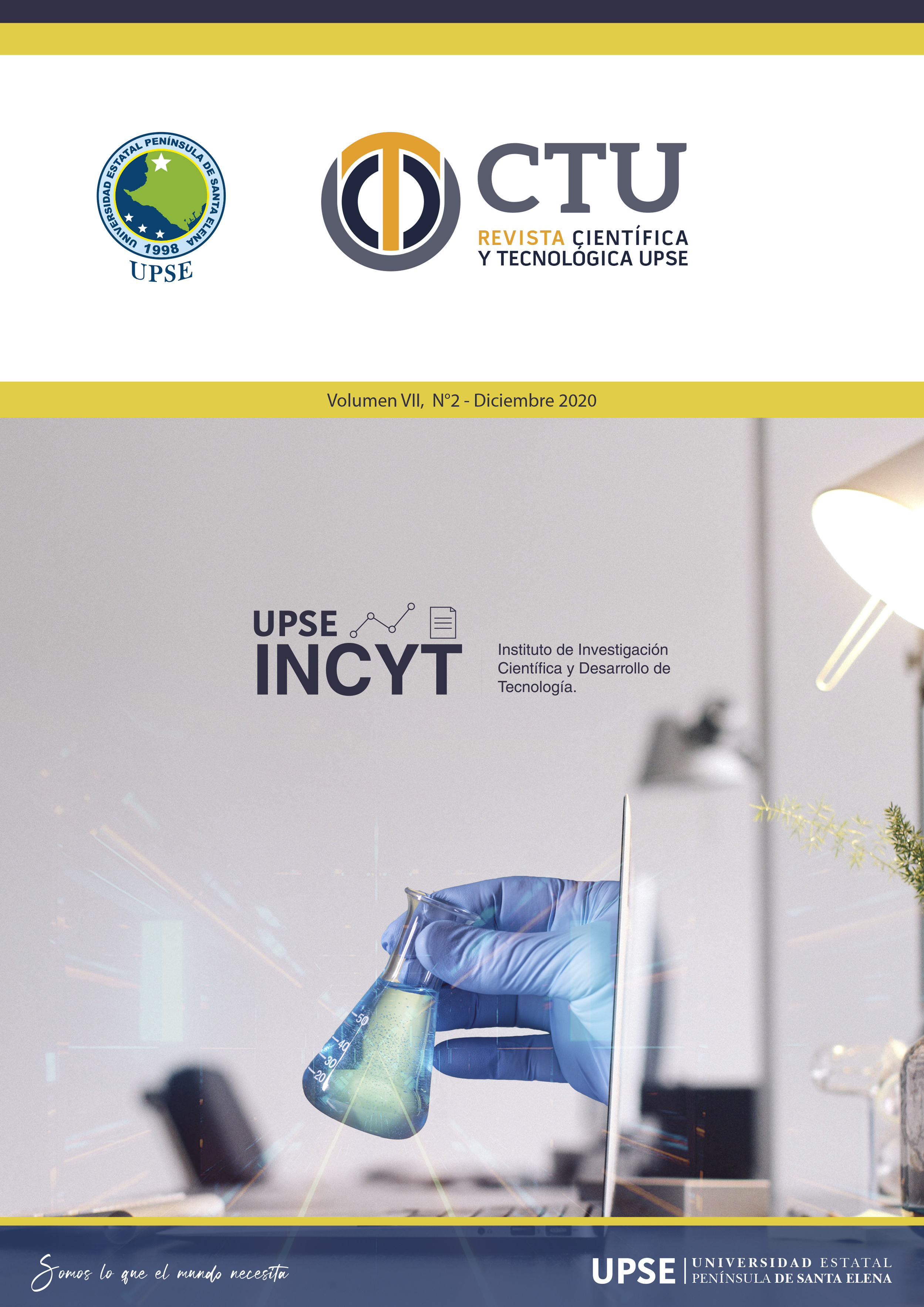Evaluation of a protocol for the prevention of hypothermia during general anesthesia in domestic dogs undergoing dental prophylaxis
DOI:
https://doi.org/10.26423/rctu.v7i2.530Keywords:
anesthesia, hypothermia, temperature., dental prophylaxisAbstract
Justification.- Incorrect thermal management of the canine patient undergoing general anesthesia can generate recovery complications and even present the risk of death. Objective - to evaluate a normothermic protocol in healthy canine patients sometimes general anesthesia. Materials and methods.- 10 patients were recruited for a controlled clinical trial crossed type for intention to treat, the patients underwent two anesthetic procedures, the first without any means of maintenance of normothermia, and the second procedure accompanied by a protocol consisting of preheating for 30 minutes at 28 ° C, Survival Blanket ® reflective blanket + radiant light (250W infrared focus) to minimize the loss of temperature of the patients. Results - Rectal temperatures (peripheral temperature) were evaluated throughout the perioperative period (60 minutes), obtaining in the 10 patients in both cases, these data being analyzed by means of a statistical test (T-Test) found significant differences between applying and not applying said protocol. The statistically significant differences that were found were: at the end of the premedication (p value = 0.039), at the beginning of the induction (p value = 0.041), and throughout the maintenance (p value = 0.008 – 0.013 – 0.012 – 0.005 – 0.008 – 0.005 – 0.005). Conclusions - It was observed and demonstrated that combining active and passive methods help to minimize the loss of temperature of the patient
Downloads
References
Alvarez, L., Mellado, B. & Escobar, G. d. M., 2001. Accidentes y complicaciones en anestesia de pequeños animales. [Online] Availableat: file:///C:/Users/Owner/Downloads/16521-78961-1-PB.pdf [Accessed 28 Marzo 2017].
Fernández, M. & Álvarez, B., 2012. Manejo de la hipotermia perioperatoria. Revista Española de anestesiología y reanimación , Septiembre.pp. 42-50.
Fernández, M. & Álvarez, B., 2012. Manejo de la hipotermia perioperatoria. [Online] Available at: http://www.elsevier.es/es-revista-revista-espanola-anestesiologia-reanimacion-344-articulo-manejo-hipotermia-perioperatoria-S0034935612002290 [Accessed 29 Marzo 2017].
Potter, J., Murrell, J. & MacFarlane, P., 2015. Comparison of two passive warming devices for prevention of perioperative hypothermia in dogs. Journal of Small Animal Practice, pp. 560-565.
Redondo, J. et al., 2012. Retrospective study of the prevalence of postana estesic hypothermia in dogs. Journal of the British Veterinary, Septiembre. pp. 374 -378.
Riggoti, C., Jolliffe, C. & Leece, E., 2015. Effect of prewarming on the body temperature of small dogs undergoing inhalation anesthesia. American Veterinary Medical Association, pp. 765-770.
Rigotti, C., 2008. Effect of pre-warming on the body temperature of small animals undergoing general anaesthesia. [Online] Available at: file:///C:/Users/Owner/Desktop/steven/tesis/tesi_dottorato_Clara_Rigotti_PDF%20(2).pdf [Accessed 2 Mayo 2017].
Stepaniuk, K. & Brock, N., 2008. Hypothermia and Thermoregulation During Anesthesia for the Dental and Oral Surgery Patient. Journal Vet Dent, pp. 279-283.
Tan, C. et al., 2004. Evaluation of four warming procedures to minimise heat loss induced by anaesthesia and surgery in dogs. Australian Veterinary Journal, pp. 65-68.
Tunsemeyer, J., Bojarski, I. & Kramer, S., 2009. Intraoperative use of a reflective blanket (Sirius rescue sheet) for temperature management in dogs less than 10 kg. Journal of small animal practice, pp. 350-355.
Vieitez, V., 2011. Incidencia y factores determinantes de morbi-mortalidad anestésica canica. [Online]. Available at: http://biblioteca.unex.es/tesis/9788469468272 [Accessed 10 Abril 2017]
Downloads
Published
Issue
Section
License
El titular de los derechos de autor de la obra, otorga derechos de uso a los lectores mediante la licencia Creative Commons Atribución-NoComercial-CompartirIgual 4.0 Internacional. Esto permite el acceso gratuito inmediato a la obra y permite a cualquier usuario leer, descargar, copiar, distribuir, imprimir, buscar o vincular a los textos completos de los artículos, rastrearlos para su indexación, pasarlos como datos al software o usarlos para cualquier otro propósito legal.
Cuando la obra es aprobada y aceptada para su publicación, los autores conservan los derechos de autor sin restricciones, cediendo únicamente los derechos de reproducción, distribución para su explotación en formato de papel, así como en cualquier otro soporte magnético, óptico y digital.












